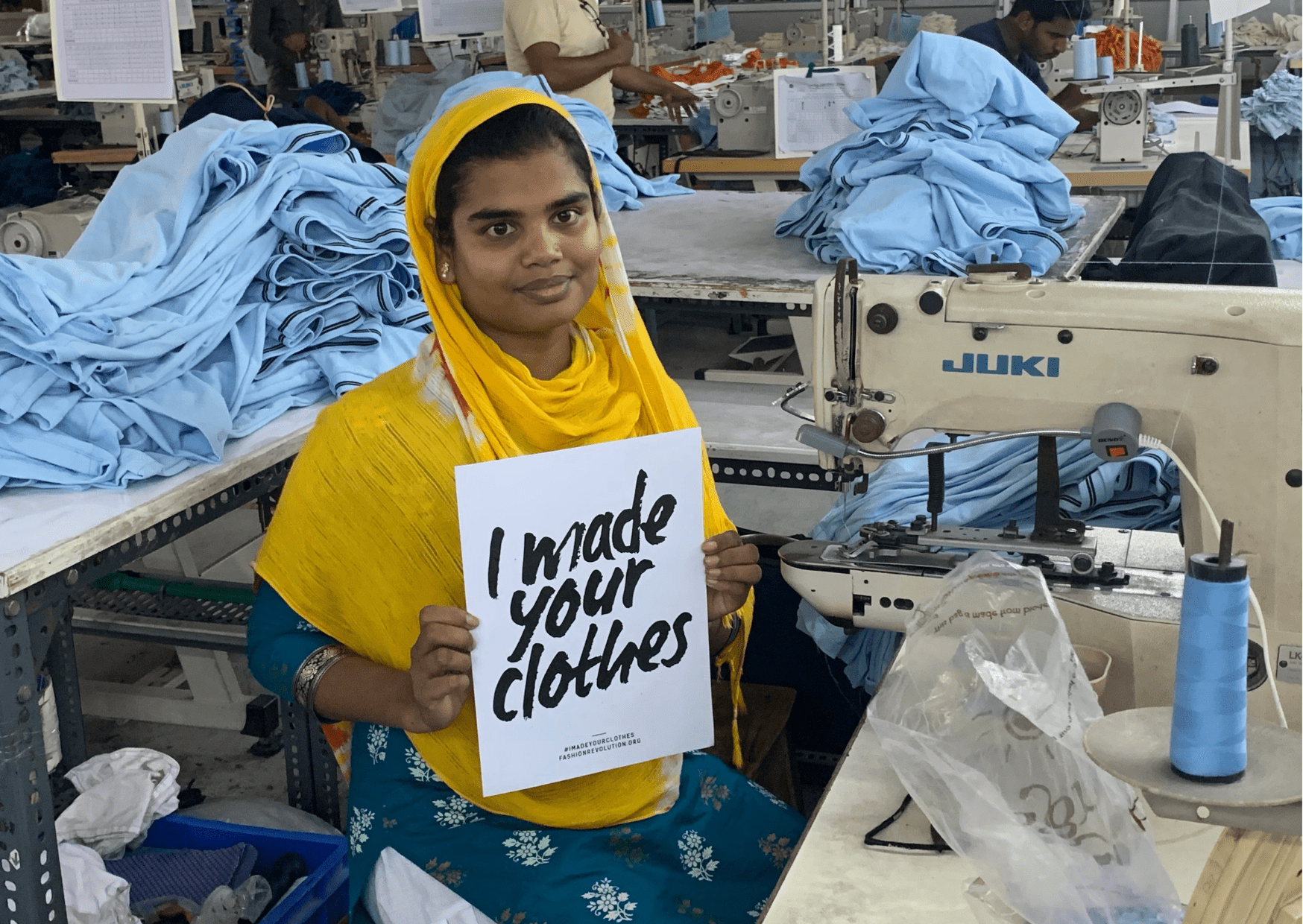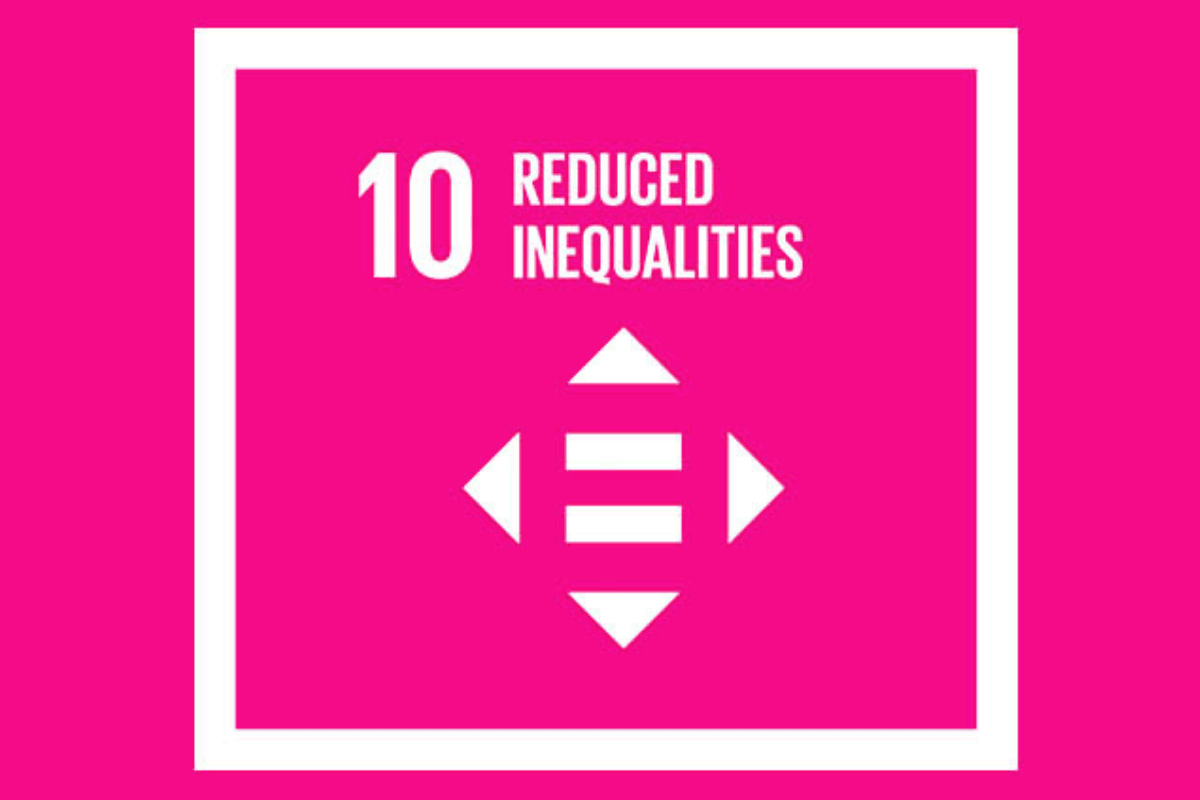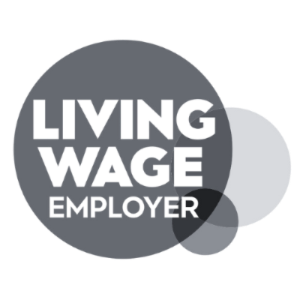
A Guide to Digital Sustainability
What has digital got to do with sustainability? A lot actually! Every email we send, every website we load and every post we like emits a small amount of carbon dioxide. Currently, the internet is accountable for 3.7% of global carbon emissions - a figure that is likely to grow as we consume more data, and embrace working from home.
In our latest Impact Report, we outlined the massive project we’re undertaking to calculate our current carbon footprint. Our team work entirely remotely, so we're looking to measure, minimise and offset our digital footprint, to help us meet our Net Zero goal sooner. In this guide, we’ll cover what digital sustainability is and share tips for individuals and brands looking to greenify their digital habits.
What is digital sustainability and why is it important?
When looking for achievable ways to reduce our environmental footprint, digital habits are often overlooked. The essence of sustainability is preserving ecological balance by avoiding the depletion of natural resources, and minimising the emission of greenhouse gasses - the same applies to our devices! Digital sustainability is about designing, developing and using technology in a responsible way that reduces our individual and collective digital footprint.
How much does the internet and devices impact the environment?
You might be wondering how something intangible, like the internet, can leave a visible planetary impact. Let’s start with hardware. The manufacturing and transportation of internet hardware, such as servers, computers and phones, requires a huge amount of resources and energy and releases high levels of emissions in the process. Our devices are then powered and charged by electricity drawn from a coal, gas or oil powered grid (renewables made up a mere quarter of global electricity generation in 2018). When we use the internet to browse a search engine, it requires the use of multiple servers sending information back and forth. This means that one Google search can generate up to 7g of carbon dioxide emissions, enough to boil a kettle.

The scale of this problem is only likely to grow. Covid-19 ushered in a newly remote world, with food shopping, doctor’s appointments and friendly catch-ups increasingly taking place online. By 2025, communications tech is predicted to emit more carbon than any other country, except China, India and the U.S. For something that seems invisible, our digital footprint is having a very real effect on the environment.
How can you minimise your individual digital footprint?
The good news is that it’s easy to adopt new digital habits into your everyday routine, and that these small changes can have a big impact. If we all sent one less unnecessary email per day in the UK, we’d save 16,000 tonnes of carbon on an annual basis. Here are other simple ways to limit the impact of your technology usage:
- Switch to a renewable search engine - Every time we hit the search button, the internet is communicating with servers powered by coal, oil or gas. Ecosia is powered by 100% renewable energy and spends ad revenue on planting trees. This helps to further offset the emissions generated from your internet usage.
- Unsubscribe from mailing lists - Sending an email emits a small amount of energy, so decluttering your inbox from unwanted or spam emails is an easy way to prevent unnecessary waste. Take the time to unsubscribe from the newsletters you don’t frequently open.
- Limit your screen time - We’re all guilty of procrastinating by endlessly scrolling on our phones. Taking a break from our devices is not only beneficial to the planet; it’s better for our productivity and mental health too. Check out this digital detox guide for tips on reducing your screen time.
- Download instead of stream - If you’ve got a Spotify or Netflix subscription, chances are you’re streaming on the go. While streaming constantly requires the back and forth transmission of data, downloading pulls this data from servers just once, using far less energy. Greenpeace’s Click Clean Report ranks streaming services according to their environmental performance.
- Protect your data - Websites and search engines are constantly collecting data on your internet usage, and passing this onto companies. Cookies also track what you’re doing online, and websites now have the option for you to opt out of this. Search engines like Firefox have introduced tracking protection against personal data collection, while Ecosia doesn’t track any of your private data. Controlling when and how your personal information is collected protects your privacy and minimises the energy needed for data transfer.
- Adjust your power settings - Leaving our devices running when we’re not using them is a waste of energy and money. Start opting for sleep or hibernation mode the next time you close your laptop screen, or shutting it down completely if you’re taking a longer break.
- Lower your screen brightness - Dimming your monitor can ease your eye strain and optimise your battery life. One study by Harvard University found that lowering your screen brightness by 30% can save up to 20% of energy the monitor uses.

How can businesses reduce their digital impact?
Responsibility doesn’t just fall on the individual device user; website developers and e-commerce sites determine how energy efficient their website design is. Crowding a web page with excessive videos, pop-up banners and interactive content, for example, increases the amount of carbon emissions each click or site visit will generate. Brands should make their websites accessible and clean, helping conscious digital users to minimise their footprint.
A great example of this is Organic Basics, an underwear brand that allows visitors to choose between browsing their regular website or their low impact site. A low impact website does not load any images before they are actively requested by the user, compresses data as much as possible, limits the amount of light emitted by the screen and informs the user of the impact of their browsing behaviour. Compared to their regular website, Organic Basics’ low impact version uses less energy, less data and smaller fonts.
For brands looking to pledge their commitment to digital sustainability, they can sign the Sustainable Web Manifesto. In doing so, they promise to power the services they provide and use with renewable energy, to allow users to control their data and to operate in a regenerative, efficient and honest way. When putting this into practice, Wholegrain Digital have developed Sustainable Web Design guidelines, which contain advice on everything from improving speed and reusing design components to managing and storing files.
Measuring Y.O.U Underwear’s digital footprint
We’re currently measuring our digital footprint, considering everything from the WiFi providers we use to how we communicate internally. We already abide by our own digital hygiene guidelines, which include:
- Optimising our communication channels - We use Slack or Whatsapp to send short messages, instead of cluttering each other’s inbox. When sending a file, we store these on our shared Google Drive and link to them, rather than sending files as email attachments. Where we can, we opt for phone calls over videos and are looking to switch to Google Meets, which uses renewable energy.
- Optimising our website - Our website emitted 59.59kg of CO2e in 2021 - the equivalent of 10 young trees. Using Wholegrain Digital’s Carbon Calculator, we measure the amount of CO2 used per website page visit, and display this information in the footer. Thanks to thoughtful design elements, such as enabling ‘Lazy Load’ on images and uploading very few videos, our pages are up to 83% cleaner than other web pages tested.
- Sending our newsletter - For every newsletter sign-up, we plant a tree in our Ecologi forest and send out weekly sustainability tips (you can subscribe here). We also periodically clear out inactive subscribers on our mailing list, to ensure we’re not needlessly sending out emails.
We’re still at the early stages of our Net Zero journey, and calculating our digital footprint is an important first step. By measuring our impact, we can come up with innovative new ways to reduce and offset this, and streamlining our digital behaviour is no different!





















Leave a comment
This site is protected by hCaptcha and the hCaptcha Privacy Policy and Terms of Service apply.